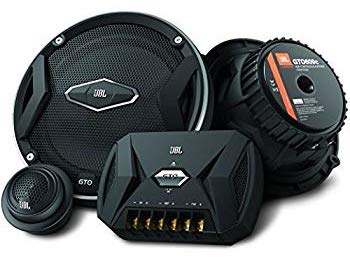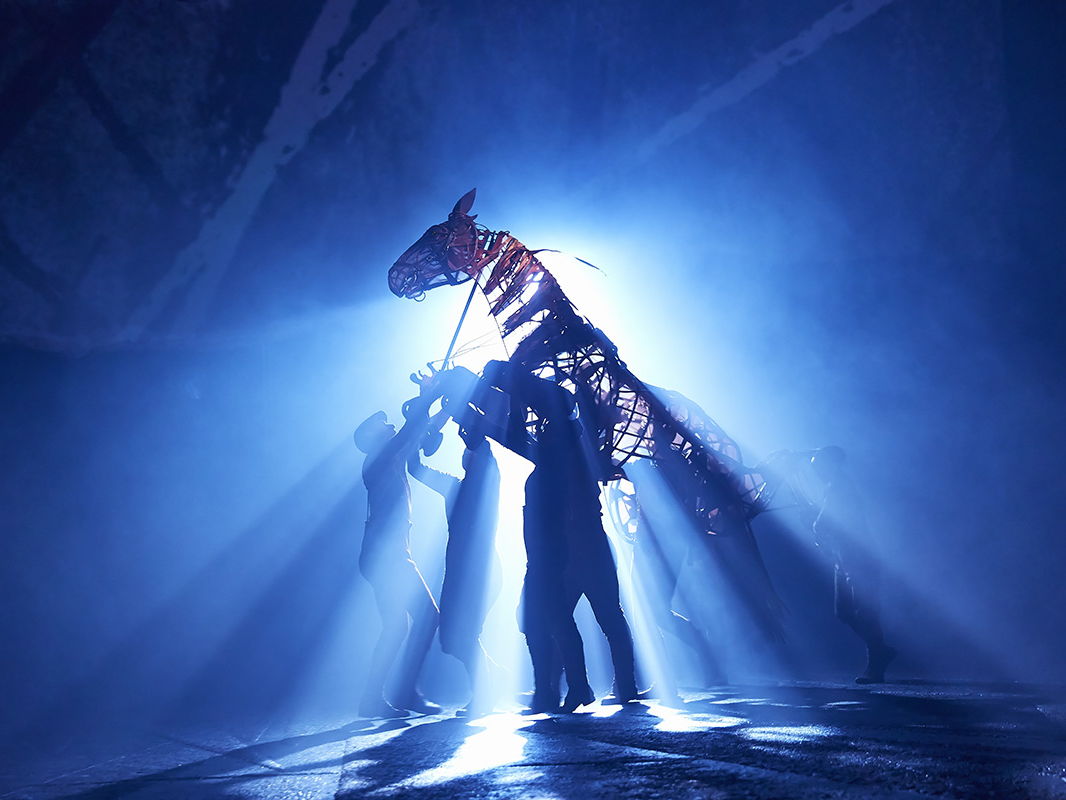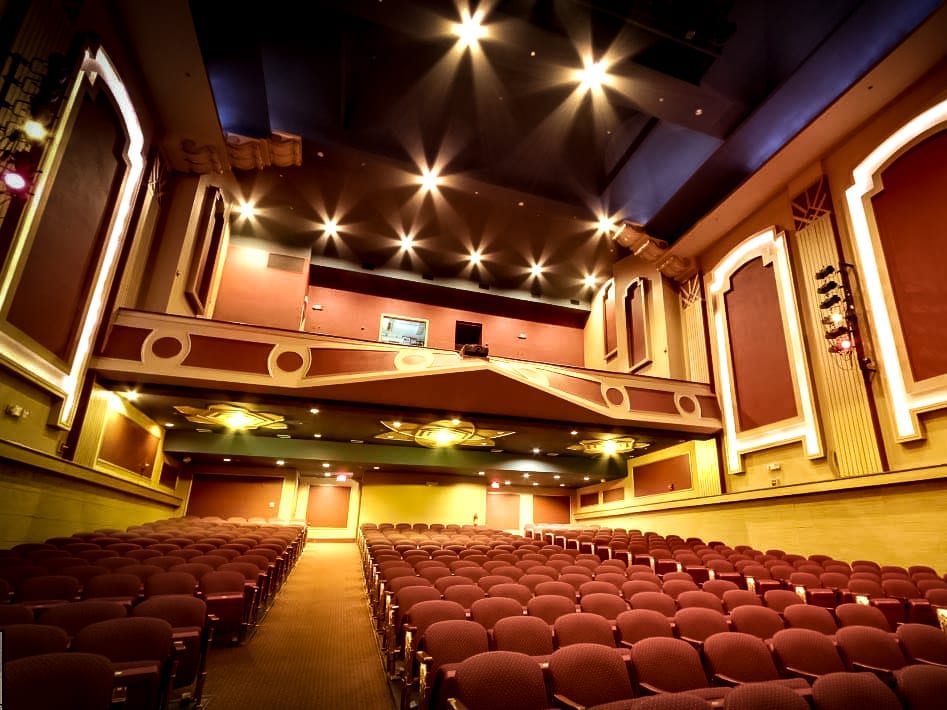6Uploads
686Views
165Downloads
Music

JBL Sound System Design Reference 2nd
How Much Gain is Needed?
The parameters of a given sound reinforcement system may be such that we have more gain than we need. When this is the case, we simply turn things down to a comfortable point, and everyone is happy. But things often do not work out so well. What is needed is some way of determining beforehand how much gain we will need so that we can avoid specifying a system which will not work. One way of doing this is by specifying the equivalent, or effective, acoustical distance (EAD), as shown in Figure 4-6. Sound reinforcement systems may be thought of as effectively moving the talker closer to the listener. In a quiet environment, we may not want to bring the talker any closer than, say, 3 meters from the listener. What this means, roughly, is that the loudness produced by the reinforcement system should approximate, for a listener at D , the loudness 0 level of an actual talker at a distance of 3 meters.

JBL Sound System Design Reference Manual
Preface to the 1999 Edition:
This third edition of JBL Professional’s Sound System Design Reference Manual is presented in a new graphic format that makes for easier reading and study. Like its predecessors, it presents in virtually their original 1977 form George Augspurger’s intuitive and illuminating explanations of sound and sound system behavior in enclosed spaces. The section on systems and case studies has been expanded, and references to JBL components have been updated.
The fundamentals of acoustics and sound system design do not change, but system implementation improves in its effectiveness with ongoing developments in signal processing, transducer refinement, and front-end flexibility in signal routing and control.
As stated in the Preface to the 1986 edition: The technical competence of professional dealers and sound contractors is much higher today than it was when the Sound Workshop manual was originally introduced. It is JBL’s feeling that the serious contractor or professional dealer of today is ready to move away from simply plugging numbers into equations. Instead, the designer is eager to learn what the equations really mean, and is intent on learning how loudspeakers and rooms interact, however complex that may be. It is for the student with such an outlook that this manual is intended.
John Eargle January 1999

Strand Lighting Spotlight Stage Light Theater
Features
• High efficiency dichroic glass reflector and coated aspheric computer-designed lenses
• Coolbeam operation for extended gobo, shutter and gel life
• Optimized for energy efficient, high performance GLC 575W lamps; GLA long life lamps also available
• Fast and easy lamp centering with positive screw driver lock so that it won’t move in transit
• Fast positive peak/flat adjustment via screw drive
Bundle

Theatre Lighting Setup
Lighting. Just like sound consists of waves that are received by our ears, light is simply higher-frequency wavelengths that are received and interpreted by our eyes. And just like sound, the waves can be chaotic or ordered, random or thoughtful. And with creative forethought, those wavelengths and their combinations can be creatively arranged to enhance moods. The performance of light, just like music and sound, can be an art form. But before you can rise to the level of artful expression, you must master the fundamentals. The same way that a musician must master scales and rhythms on a musical instrument, mastery of light demands an understanding of lighting instruments and their purposes. To begin that journey of crafting light as a performance-enhancing tool, let’s start with the rudiments of light.
Lights allow us to see. Have you ever watched a performance in a cave, completely absent of light? Of course not. Visible wavelengths of light are required for us to see.
Lights allow us to create a mood or craft an atmosphere. There are no hard-and-fast rules to create mood. It’s a creative process that hopefully supports a story or song.
Lights need to enhance and balance all the components of a stage performance. Where is the focus on the stage? What should be highlighted? What should be de-emphasized? Consider all the pieces and their priorities when creating a composition and painting the area with light.
Lights can create plausibility or reality to draw an audience into a time period and out of the hall or auditorium where they presently reside. A play or performance set in the distant past can use dim lighting to mimic the time period when interiors were illuminated by candles.
Lights can reinforce the mood or action of a performance. Whether it’s music, a story, a dramatic interpretation — lighting can elevate the performance through the use of color, angles, intensity, and effects.
Lights can sculpt actors and musicians and make them seem larger-than-life, drawing them into the foreground and setting them apart from a two-dimensional stage.
That covers the purposes of lighting. Now let’s discuss how we accomplish lighting goals by defining the tools of the trade. Here’s a short guide to the lighting instruments (fixtures or units) in the lighting designer’s tool kit.

Strand Lighting Arena Theatre
The Strand Lighting Arena Theatre offers great light output and excellent beam quality with an unparalleled beam angle range of 7° to 60°, at an economical price. The 200mm lens and 2000W lamp (available separately) deliver a smooth field, minimal light spill, and a clean “punchy” spot at distances from 6’ to 25’. Designed for general stage, studio and onstage lighting uses. This fixture supplied for use with 120VAC. Bulb is not included.
Useful throw distances from 19’ to 82’
Adjustable beam angle range of 7° to 50°
Easy-to-use, versatile stage lighting tool
Very even field mid-focus to flood, and a clean “punchy” spot
Effective airflow maintains lower body temperature
Replace the lamp without altering the focus position
Swing down door for easy lamp access–an integral micro-switch provides automatic disconnection of power to the fixture when open, preventing a student or technician from inserting a lamp into an electrically live fixture
Smooth focus movement with the “posi-slide” focus system, no metal-to-metal contact
The Arena High Performance Fresnel supports beam angles from 9° to 52°
Thoughtfully designed luminaire airflow maintains lower body temperature





